Principles of Phase 3: Questioning Time

Questioning is a process which consists of three subsequent phases: 1) generating questions, b) formulating questions, and c) answering questions.
First, invest time and attention to generating questions about the subject. By explor-ing together which questions might be raised, students can collect a wide variety of questions raised from various perspectives. This collection of self-raised questions can be the starting point for discussing the value of (these) questions for learning.
Formulating questions becomes meaningful for students, when they experience: a) that every question has its own value for learning, b) this value can be enhanced by reformulating the question, c) reformulation can lead to more relevant, investigable questions with a higher learning potential..
Having discussed the value of questions students can adopt any question for investi-gation from this collection. When answering questions the structure of a question-worksheet supports this process both for students and teachers.
Steps of Phase 3
Generate questions
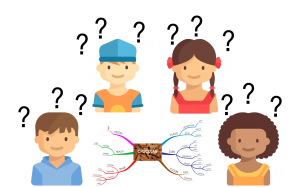
Question brainstorm
Students work in small groups
Students receive prompt about key concepts
Ask non-stop questions
Record every questions raised
Select personal most interesting question
Students get a relevant stimulus (object, image, statement) as a question-focus and brainstorm in small groups about possible questions. All questions are recorded.
During this activity, students are not allowed to respond to the questions or give an-swers. The exercise takes a minimum of 7 to 10 minutes. After that, the students can do various exercises with their own questions, but at least they should choose their personal most interesting question.
Practical suggestions
Value questions
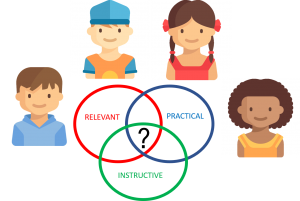
Students value questions
Students pass their (selection of) questions to other groups. Within the groups is discussed: “Is the question relevant? Does it address an aspect of the subject? What will we learn as a class from this question? Could the learning outcomes be enhanced? Is the question researchable? In what way could it become researchable?” Finally, each group suggests at least one improvement for one of the questions.
Practical suggestions
Linking question input
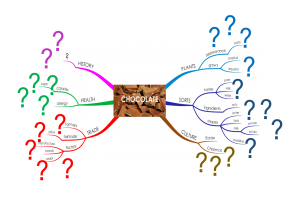
Students relate their questions to the classroom mind map
All questions which are deemed interesting by the students (or teacher) are shared with the whole class and recorded in relation to the classroom mind map.
Subsequently the questions are discussed: “These are our questions. Are we satisfied with them? Do we need to adjust or clarify some? Are we still missing any questions?
Practical suggestions
Prioritize questions
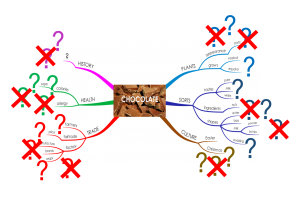
Students determine priority of questions
The students discuss with the teacher which questions have priority, and which questions may be researched later.
The prioritized questions are high-lighted in the classroom mind map.
In the digital classroom mind map, the prioritized questions can be imbedded as notes to the branches of the addressed concepts.
Practical suggestions
Adopt questions
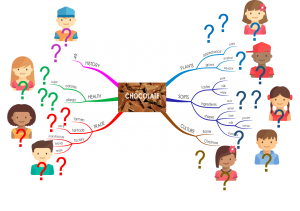
Students adopt the questions they would like to investigate
When it's clear which questions the class wants to investigate, students can choose any of the prioritized questions they want to work on. This does not have to be their own question, but this can also be a question asked by another student.
Ask the students to take "responsibility" for answering a question. Students can adopt a question individually, in dyads or in small groups. Another option is, that a small group of students "adopts" a number of questions from a branch together.
Emphasize the principle of shared responsibility: “If you take responsibility for a ques-tion , then put in your best effort to provide us with an answer. However, the rest of us are also responsible to support you in your quest, when necessary”.
Practical suggestions





